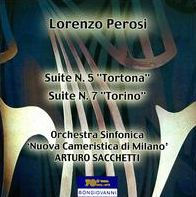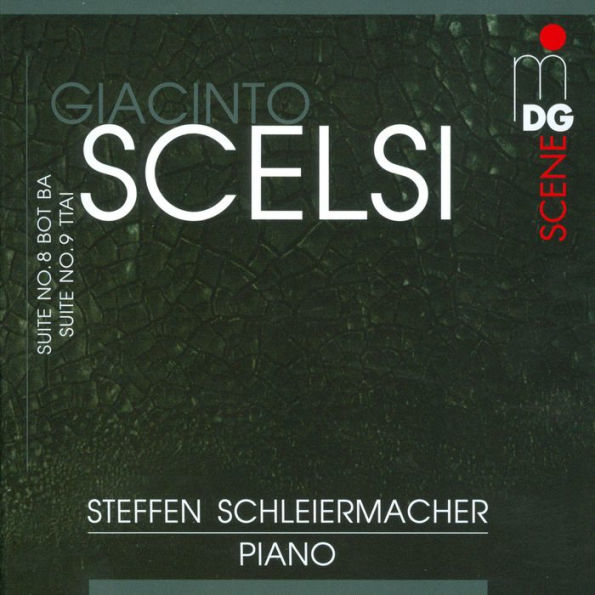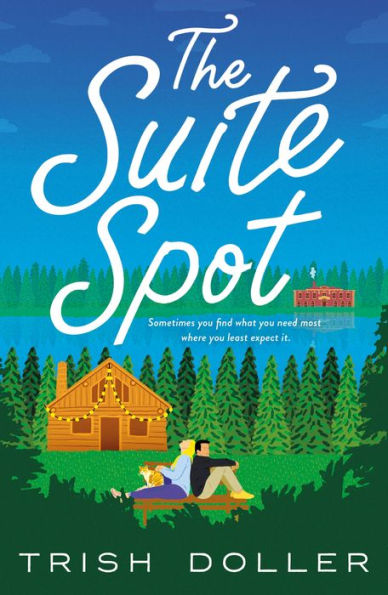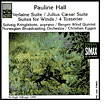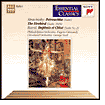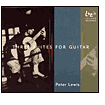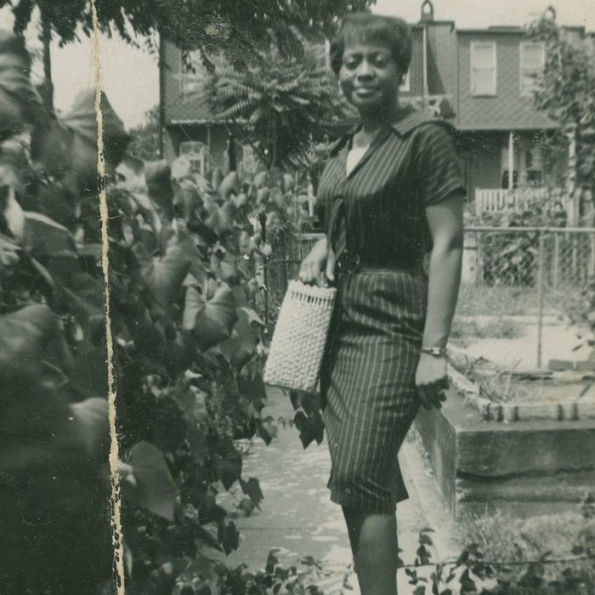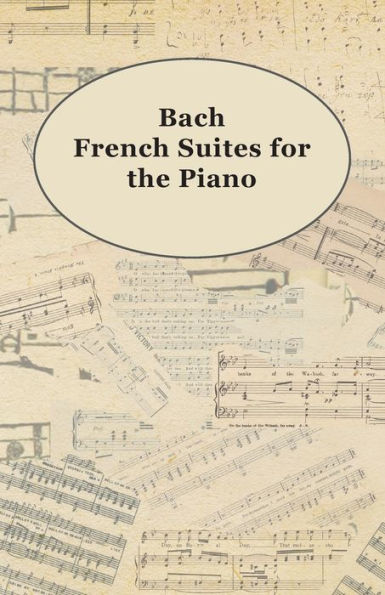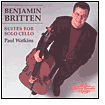Home
Goshu Ondo Suite
Barnes and Noble
Loading Inventory...
Goshu Ondo Suite in Bloomington, MN
Current price: $15.99

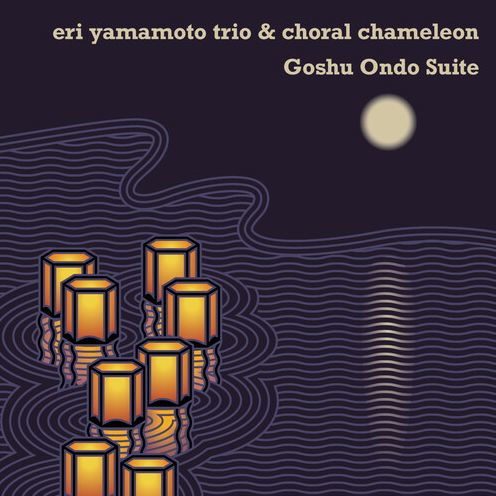
Goshu Ondo Suite in Bloomington, MN
Current price: $15.99
Loading Inventory...
Size: OS
There have been countless jazz masses and gospel-jazz recordings, with some iconic and influential recordings among them including
Mary Lou Williams
'
Black Christ of the Andes
(1963),
Donald Byrd
's
A New Perspective
from 1964,
Duke Ellington
's 1965
Sacred Music Concert
, and
Dave Brubeck
Truth Is Fallen
from 1972, to name a few. Add to this prestigious legacy
Eri Yamamoto
Goshu Ondo Suite
, her first work for chorus and jazz trio recorded by her longtime group with the 50-voice
Choral Chameleon
directed by
Vince Peterson
.
Yamamoto
came to choral composition by accident. Vacuuming her apartment one day, she was humming the first two lines of "Goshu Ondo" in time to the machine's rhythm. It is a traditional circle dance tune from Shiga near Kyoto, where she spent summers as a child. The light went on. She decided on the spot to write a choral piece based on the song. She spent three months composing longhand in a notebook, then sent a demo to
Peterson
. Before hearing it, he agreed to undertake it: He trusted
's instincts based on her trio recordings. It took another three months to develop the work for performance. The unique lyrical qualities she possesses as a composer serve her well here. She reimagines the centuries-old Japanese song through her own story as a child singing and dancing to it on the shores of Lake Biwa, and as a professional musician in New York City, all refracted through the twin creative lenses of modern jazz and choral music.
Recorded during its November 2018 premier and issued by
AUM Fidelity
, the first movement introduces the choir a cappella before
's elliptical playing -- with assistance from bassist
David Ambrosio
and drummer
Ikuo Takeuchi
-- adds dimension, the trio illuminates the singers whose use of a celebratory chant is sung in staggered rounds to a processional tempo. In the second movement, swinging post-bop frames the singers who syncopate with the trio. In "Part Four," interlocking cadences between choir and trio -- amid booming tom-toms, kick drums, and a ceremonial snare all pulsed by both the piano and bassline -- become entwined harmonic and rhythmic expressions. In the fifth part, the trio follows
's hard-swinging lyrical investigations down a rabbit hole.
comes in to get them at the four-minute mark and the tune explodes with transcendent joy. The seventh movement, rife with funky grooves, finds
digging deep into soulful blues in a taut exchange with the choir. Closing section "Echo of Echo" is an airy, instrumental folk-like ballad that traces through nursery rhymes and gospel music. It features agile bass work from
Ambrosio
and stellar brush work from
Takeuchi
. In its entirety,
is brilliant music-making and equates with the now-classic works cited above. This work's musical quality balances inspiration, harmonic sophistication, and emotional and spiritual depth. Further,
offers listeners an openness and receptivity while showcasing a complete unwillingness to engage in compositional artifice for its own sake. ~ Thom Jurek
Mary Lou Williams
'
Black Christ of the Andes
(1963),
Donald Byrd
's
A New Perspective
from 1964,
Duke Ellington
's 1965
Sacred Music Concert
, and
Dave Brubeck
Truth Is Fallen
from 1972, to name a few. Add to this prestigious legacy
Eri Yamamoto
Goshu Ondo Suite
, her first work for chorus and jazz trio recorded by her longtime group with the 50-voice
Choral Chameleon
directed by
Vince Peterson
.
Yamamoto
came to choral composition by accident. Vacuuming her apartment one day, she was humming the first two lines of "Goshu Ondo" in time to the machine's rhythm. It is a traditional circle dance tune from Shiga near Kyoto, where she spent summers as a child. The light went on. She decided on the spot to write a choral piece based on the song. She spent three months composing longhand in a notebook, then sent a demo to
Peterson
. Before hearing it, he agreed to undertake it: He trusted
's instincts based on her trio recordings. It took another three months to develop the work for performance. The unique lyrical qualities she possesses as a composer serve her well here. She reimagines the centuries-old Japanese song through her own story as a child singing and dancing to it on the shores of Lake Biwa, and as a professional musician in New York City, all refracted through the twin creative lenses of modern jazz and choral music.
Recorded during its November 2018 premier and issued by
AUM Fidelity
, the first movement introduces the choir a cappella before
's elliptical playing -- with assistance from bassist
David Ambrosio
and drummer
Ikuo Takeuchi
-- adds dimension, the trio illuminates the singers whose use of a celebratory chant is sung in staggered rounds to a processional tempo. In the second movement, swinging post-bop frames the singers who syncopate with the trio. In "Part Four," interlocking cadences between choir and trio -- amid booming tom-toms, kick drums, and a ceremonial snare all pulsed by both the piano and bassline -- become entwined harmonic and rhythmic expressions. In the fifth part, the trio follows
's hard-swinging lyrical investigations down a rabbit hole.
comes in to get them at the four-minute mark and the tune explodes with transcendent joy. The seventh movement, rife with funky grooves, finds
digging deep into soulful blues in a taut exchange with the choir. Closing section "Echo of Echo" is an airy, instrumental folk-like ballad that traces through nursery rhymes and gospel music. It features agile bass work from
Ambrosio
and stellar brush work from
Takeuchi
. In its entirety,
is brilliant music-making and equates with the now-classic works cited above. This work's musical quality balances inspiration, harmonic sophistication, and emotional and spiritual depth. Further,
offers listeners an openness and receptivity while showcasing a complete unwillingness to engage in compositional artifice for its own sake. ~ Thom Jurek
There have been countless jazz masses and gospel-jazz recordings, with some iconic and influential recordings among them including
Mary Lou Williams
'
Black Christ of the Andes
(1963),
Donald Byrd
's
A New Perspective
from 1964,
Duke Ellington
's 1965
Sacred Music Concert
, and
Dave Brubeck
Truth Is Fallen
from 1972, to name a few. Add to this prestigious legacy
Eri Yamamoto
Goshu Ondo Suite
, her first work for chorus and jazz trio recorded by her longtime group with the 50-voice
Choral Chameleon
directed by
Vince Peterson
.
Yamamoto
came to choral composition by accident. Vacuuming her apartment one day, she was humming the first two lines of "Goshu Ondo" in time to the machine's rhythm. It is a traditional circle dance tune from Shiga near Kyoto, where she spent summers as a child. The light went on. She decided on the spot to write a choral piece based on the song. She spent three months composing longhand in a notebook, then sent a demo to
Peterson
. Before hearing it, he agreed to undertake it: He trusted
's instincts based on her trio recordings. It took another three months to develop the work for performance. The unique lyrical qualities she possesses as a composer serve her well here. She reimagines the centuries-old Japanese song through her own story as a child singing and dancing to it on the shores of Lake Biwa, and as a professional musician in New York City, all refracted through the twin creative lenses of modern jazz and choral music.
Recorded during its November 2018 premier and issued by
AUM Fidelity
, the first movement introduces the choir a cappella before
's elliptical playing -- with assistance from bassist
David Ambrosio
and drummer
Ikuo Takeuchi
-- adds dimension, the trio illuminates the singers whose use of a celebratory chant is sung in staggered rounds to a processional tempo. In the second movement, swinging post-bop frames the singers who syncopate with the trio. In "Part Four," interlocking cadences between choir and trio -- amid booming tom-toms, kick drums, and a ceremonial snare all pulsed by both the piano and bassline -- become entwined harmonic and rhythmic expressions. In the fifth part, the trio follows
's hard-swinging lyrical investigations down a rabbit hole.
comes in to get them at the four-minute mark and the tune explodes with transcendent joy. The seventh movement, rife with funky grooves, finds
digging deep into soulful blues in a taut exchange with the choir. Closing section "Echo of Echo" is an airy, instrumental folk-like ballad that traces through nursery rhymes and gospel music. It features agile bass work from
Ambrosio
and stellar brush work from
Takeuchi
. In its entirety,
is brilliant music-making and equates with the now-classic works cited above. This work's musical quality balances inspiration, harmonic sophistication, and emotional and spiritual depth. Further,
offers listeners an openness and receptivity while showcasing a complete unwillingness to engage in compositional artifice for its own sake. ~ Thom Jurek
Mary Lou Williams
'
Black Christ of the Andes
(1963),
Donald Byrd
's
A New Perspective
from 1964,
Duke Ellington
's 1965
Sacred Music Concert
, and
Dave Brubeck
Truth Is Fallen
from 1972, to name a few. Add to this prestigious legacy
Eri Yamamoto
Goshu Ondo Suite
, her first work for chorus and jazz trio recorded by her longtime group with the 50-voice
Choral Chameleon
directed by
Vince Peterson
.
Yamamoto
came to choral composition by accident. Vacuuming her apartment one day, she was humming the first two lines of "Goshu Ondo" in time to the machine's rhythm. It is a traditional circle dance tune from Shiga near Kyoto, where she spent summers as a child. The light went on. She decided on the spot to write a choral piece based on the song. She spent three months composing longhand in a notebook, then sent a demo to
Peterson
. Before hearing it, he agreed to undertake it: He trusted
's instincts based on her trio recordings. It took another three months to develop the work for performance. The unique lyrical qualities she possesses as a composer serve her well here. She reimagines the centuries-old Japanese song through her own story as a child singing and dancing to it on the shores of Lake Biwa, and as a professional musician in New York City, all refracted through the twin creative lenses of modern jazz and choral music.
Recorded during its November 2018 premier and issued by
AUM Fidelity
, the first movement introduces the choir a cappella before
's elliptical playing -- with assistance from bassist
David Ambrosio
and drummer
Ikuo Takeuchi
-- adds dimension, the trio illuminates the singers whose use of a celebratory chant is sung in staggered rounds to a processional tempo. In the second movement, swinging post-bop frames the singers who syncopate with the trio. In "Part Four," interlocking cadences between choir and trio -- amid booming tom-toms, kick drums, and a ceremonial snare all pulsed by both the piano and bassline -- become entwined harmonic and rhythmic expressions. In the fifth part, the trio follows
's hard-swinging lyrical investigations down a rabbit hole.
comes in to get them at the four-minute mark and the tune explodes with transcendent joy. The seventh movement, rife with funky grooves, finds
digging deep into soulful blues in a taut exchange with the choir. Closing section "Echo of Echo" is an airy, instrumental folk-like ballad that traces through nursery rhymes and gospel music. It features agile bass work from
Ambrosio
and stellar brush work from
Takeuchi
. In its entirety,
is brilliant music-making and equates with the now-classic works cited above. This work's musical quality balances inspiration, harmonic sophistication, and emotional and spiritual depth. Further,
offers listeners an openness and receptivity while showcasing a complete unwillingness to engage in compositional artifice for its own sake. ~ Thom Jurek
